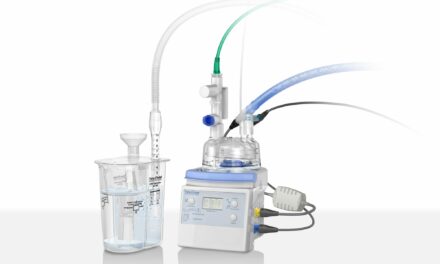
At Hot Topics in Neonatology, Discovery Laboratories announced the release of data from a new pharmacoeconomic analysis demonstrating that the previously reported reduced rate of reintubation in preterm infants treated with Surfaxin may also result in an average potential hospital cost savings of $389,247 per 100 treated infants. These savings are realized by reducing the frequency of BPD when compared with reintubation rates of infants treated either with Curosurf® or Survanta®, the current global market leading surfactants.
Data from a retrospective study, published in 2011 in the Journal of Neonatal-Perinatal Medicine, concluded that “there appear to be differences in reintubation rates and survival without reintubation between surfactant preparations, with no differences in other complications of prematurity.”
Earlier this year, Discovery Labs reported results from its first pharmacoeconomic analysis based on this retrospective study, which focused on additional days of mechanical ventilation in reintubated infants. The first pharmacoeconomic analysis is expected to be published in the next issue of the Journal of Pediatric Pharmacology and Therapeutics (JPPT), a peer-reviewed multidisciplinary journal that is devoted to promoting the safe and effective use of medications in infants and children.
In March, the FDA approved Surfaxin for the prevention of respiratory distress syndrome (RDS) in premature infants at high risk. According to Discovery Labs, Surfaxin is the first synthetic, peptide-containing surfactant approved by the FDA and the only alternative to animal derived surfactants. The US commercial introduction of Surfaxin is anticipated early in the second quarter of 2013.









